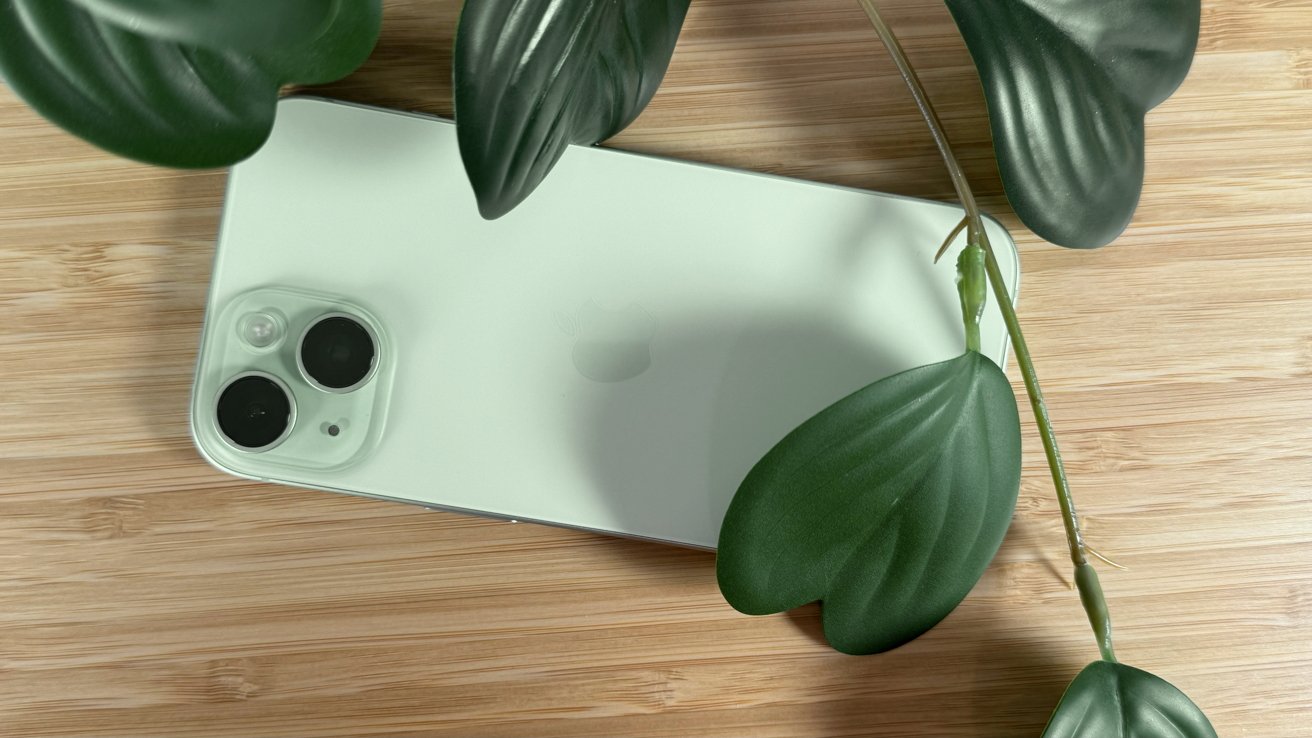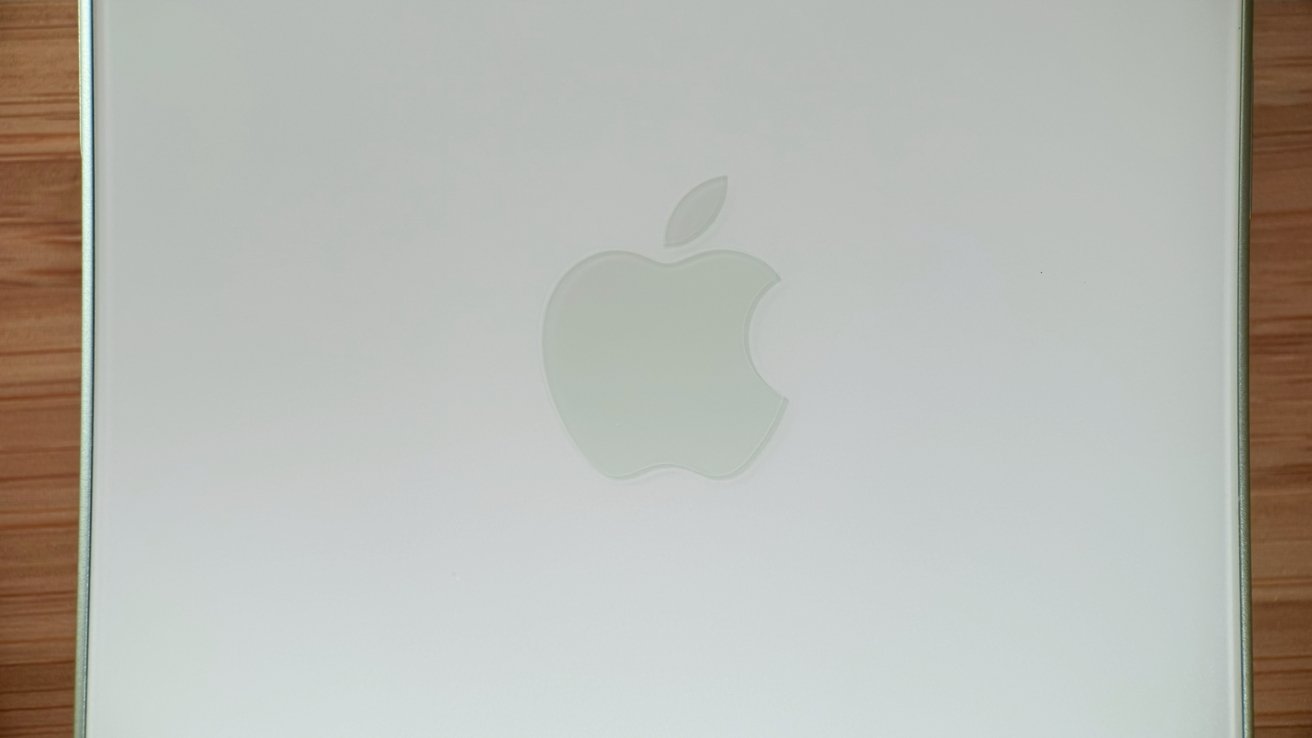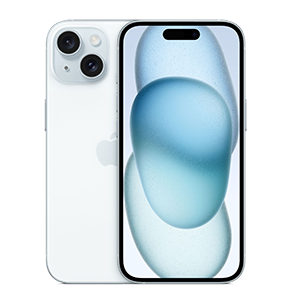Apple's iPhone 15 proves to be more Pro than not with user-facing upgrades like Dynamic Island, 48MP camera, and USB-C. After three months of use, it stands as the best choice for most.

iPhone 15, it's green if you squint
The entry-level iPhone may not always be the most exciting product, but it will always be the most popular due to price alone. Apple presents a balance of features and cost-cutting that results in a suitable smartphone buyers will likely hold on to for years before buying the next.
Upgrades in the iPhone 15 were more impressive year-over-year because the iPhone 14 was released as a transition to a new device strategy. Going forward, it seems the standard iPhones will inherit pro features and the processor from the previous pro model, but still lack important distinctions like ProMotion.
The initial iPhone 15 review reflected these same ideas about the product line. After three months of use, we're sure the iPhone 15 is the perfect device for upgraders coming from iPhone 13 and earlier.
iPhone 15 review: Desaturated Island
The iPhone 15 design isn't anything remarkable, and it has sunk into the background after three months of use. It's mostly the same glass sandwich Apple's served since iPhone 8, the same flat sides used since iPhone 12, and the same iOS that's always been there.

Frosted glass and a color that resembles green
Minor tweaks to the design include a frosted back glass, more muted colors, a curved aluminum edge, and the Dynamic Island replacing the notch. At the base, there's a USB-C port instead of Lightning, but these changes sum up all of the external updates.
The color, or lack thereof, is the most notable complaint we've heard from average iPhone 15 users. In our experience, people who generally opt for clear cases are getting opaque or colorful cases to brighten the device up.
Slight design changes led to a longer iPhone 15 at 5.81 inches long by 2.82 inches wide. Users need a new case after upgrading, but weight won't be an issue since it's lighter at 6.02 ounces.
The iPhone 15 we've used has been in a clear case since purchase. The display has a few scratches from being thrown into a bag, but nothing that is noticeable during use.
No always-on display, but there's still Standby Mode
Speaking of the display, it now matches previous pro models at 1,000 nits of brightness for regular content, 1,600 nits for HDR peak brightness, and 2,000 nits when outdoors. The 6.1-inch screen has a 2,556 by 1,179 resolution.
Bringing the Dynamic Island to all iPhone 15 models makes the feature more universal and accessible. More developers have adopted Live Activities as a result, which has shown up more in the three months since release.
If there's a theme we've discovered for iPhone 15 after three months of use, it's user-facing changes. Many upgrades can sneak past the casual user who buys the entry model, but there's no ignoring the Dynamic Island or other features we're diving into next.
iPhone 15 review: A camera for the pros
Another pro feature that made it to standard phones was the Main Camera. It is upgraded to 48MP and captures 24MP images by default -- an immediate and noticeable improvement for any user.
A 48MP Main Camera
The f/1.6 aperture combined with the new 2x Telephoto cropped from the sensor provides an effective optical 48 mm 12MP shot. The bokeh created by the focal length is nice enough that Portrait Mode might be overkill.
If you've ever used a modern iPhone camera, the experience should be similar. Shooting at 24MP provides more dynamic range in an image, and Apple offers plenty of computational photography tricks to produce natural-looking photos.
We've been on a few trips with the iPhone 15 and the camera has performed great in many environments. A trip to Gatlinburg, Tennessee was a highlight as winter rain and dim bars weren't a problem when taking photos.
Excellent photos even from the base model
The Ultra Wide camera is unchanged and still mostly unused in day-to-day shots. Despite pro specs and a powerful processor, the iPhone 15 still lacks features like macro mode and multiple focal lengths in the Main Camera.
Apple clearly wants to differentiate the iPhone 15 and iPhone 15 Pro, but we still see it as a miss. For example, we're not sure there's any reason why the iPhone 15 can't shoot at 1.5x and 24MP.
iPhone 15 review: One port to rule them all
Apple finally made the shift to USB-C with the iPhone 15 lineup. The standard devices have the USB 2.0 spec, which translates to slow 480 Mb/s.
USB-C hasn't been a revolution, but it's nice having one connector for everything
Charging over USB-C isn't different from charging via Lightning besides the port shape. Users still get the same fast charge speed at 20W or greater, and USB-C doesn't offer any benefit to speed.
The biggest effect a port change on an iPhone is on the user. It can create chaos in households where only some have upgraded to iPhone 15, and the rest operate on older models.
Our household happily switched to USB-C as the iPhone was the last powered device, minus some accessories, that used Lightning. It made little difference as we'd already embraced MagSafe charging everywhere.
The iPhone port has mostly been unused in this household since the advent of MagSafe. USB-C offers some advantages for pro users on pro models but little for everyone else.
Replacing Lightning cables with USB-C can be an annoying process for some
Apple has satisfied regulators with this switch, though the switch to USB-C was inevitable regardless of the EU or US. The EU may have regulations going into effect in 2024, but Apple didn't rush into a port last minute to satisfy regulators as iPhone is generally developed over a two year timeframe.
The true future of iPhone is portless, yes, even for data. But that's a discussion for another time.
Other users switching to USB-C from Lightning might not have as easy a time as we did. Our nerdy household was filled with MagSafe and USB-C cables already, but the entry iPhone 15 is targeted at regular, non-nerdy users that likely have few, if any compatible chargers at the ready.
However, features like MagSafe, Qi2, and even old Qi ease the blow. Most users only need to exchange one or two cables and keep using their old adapters.
Charging isn't a concern since the battery life has proven excellent for the iPhone 15. In the three months of use, we've never had the device die mid-day, though we're also consistent at using MagSafe chargers whenever we're at rest.
iPhone 15 review: The invisible processor
There are users out there obsessed with benchmarks and testing devices. While we find the metrics they provide primarily useful as a generalized rating, they are more or less meaningless to average users -- especially those buying the iPhone 15.
A16 will run apps and the Dynamic Island without a problem
After a few months of use, the A16 Bionic is still running cool and quiet as we browse Safari, open social media apps, or take pictures. Even as Apple improves its silicon each year, we've hit the peak of fluid UI performance in iOS, at least as it stands today.
The A16 Bionic has a six-core CPU with two performance cores that use 20% less power than the A15. The five-core GPU has 50% more memory bandwidth, which is useful for games.
You'll struggle to make the iPhone 15 fall over on an app or process. Games may not run at higher settings like on A17 Pro, and Safari won't keep as many tabs open, but iPhone 15 users won't notice or care.
The iPhone we tested is normally used to play "Solitaire" or "Tetris." We tested other games like "Minecraft" and it did fine, but don't expect high fidelity games like "Resident Evil Village" to run at more than minimal settings.
All we've noticed as other iPhone 15 users have is how the device performs. Everything runs without an issue, apps open, the camera takes fantastic photos, and there's never a question of reliability when performing a task.
A small iPhone that easily outperforms the competition
Geekbench shows the iPhone 15 at 2,944 single-core and 7,018 multi-core. These results reflect Apple's promises of performance increases year-over-year.
Software isn't infallible, of course. We've had our share of iOS 17 bugs affecting things noticeably at times, but never for more than an update cycle.
Sometimes it is difficult to pin where an issue might be originating from, like our HomeKit setup dropping devices randomly after iOS 17 was released. While we never encountered overheating issues, some apps would crash or have lagging animations for a short time after the iPhone 15 launch, but Apple's bug fixes have held strong since. We haven't encountered any noticeable bugs since iOS 17.1.
The remaining specs shouldn't be a surprise and do little to make a difference in day-to-day use versus previous models. The iPhone 15 has 5G, Wi-Fi 6, Bluetooth 5.3, and access to Emergency SOS via Satellite and Crash Detection.
iPhone 15 review: Pro Minus
It's a silly cliche, but every new iPhone lineup is the best yet, and the iPhone 15 is the best choice for most. It may not have all the flashy features of the higher-end pro models, but it doesn't need to.
The iPhone 15 may be light on saturation, but it has plenty of features
Apple keeps enough features exclusive to the pro lineup that those who care will make the leap. For everyone else, the iPhone 15 is more than good enough.
Our biggest fault with the 2023 lineup is its lack of proper colors. Several people who usually don't comment on tech have approached us about the iPhone 15 colors with distaste -- "That's it?"
Otherwise, unless you know you want or need the pro features, the iPhone 15 is the perfect cross-section of size, price, and features. The iPhone 15 Plus exists, too, but big-screen users already know if they're getting that model.
iPhone 15 review - Pros
- Main Camera gets a noticeable upgrade
- Dynamic Island everywhere means more apps use it
- A16 Bionic proves good enough for the entry model
iPhone 15 review - Cons
- USB-C offers nothing new besides the cable shape
- Colors are the most noticeable negative
Rating: 4 out of 5
We're sticking with a 4 out of 5 for the iPhone 15, if only because it's an above-average offering with room for improvement. Apple has done great with differentiating features year-over-year, but pro models get more bang for your buck.
Where to buy the iPhone 15
Apple's iPhone 15 has a starting retail price of $799, but wireless carriers are offering special incentives, bringing the cost down to as low as free via bill credits.
The best iPhone deals are at your fingertips in our roundup, but you can also jump straight to the individual carriers below.
